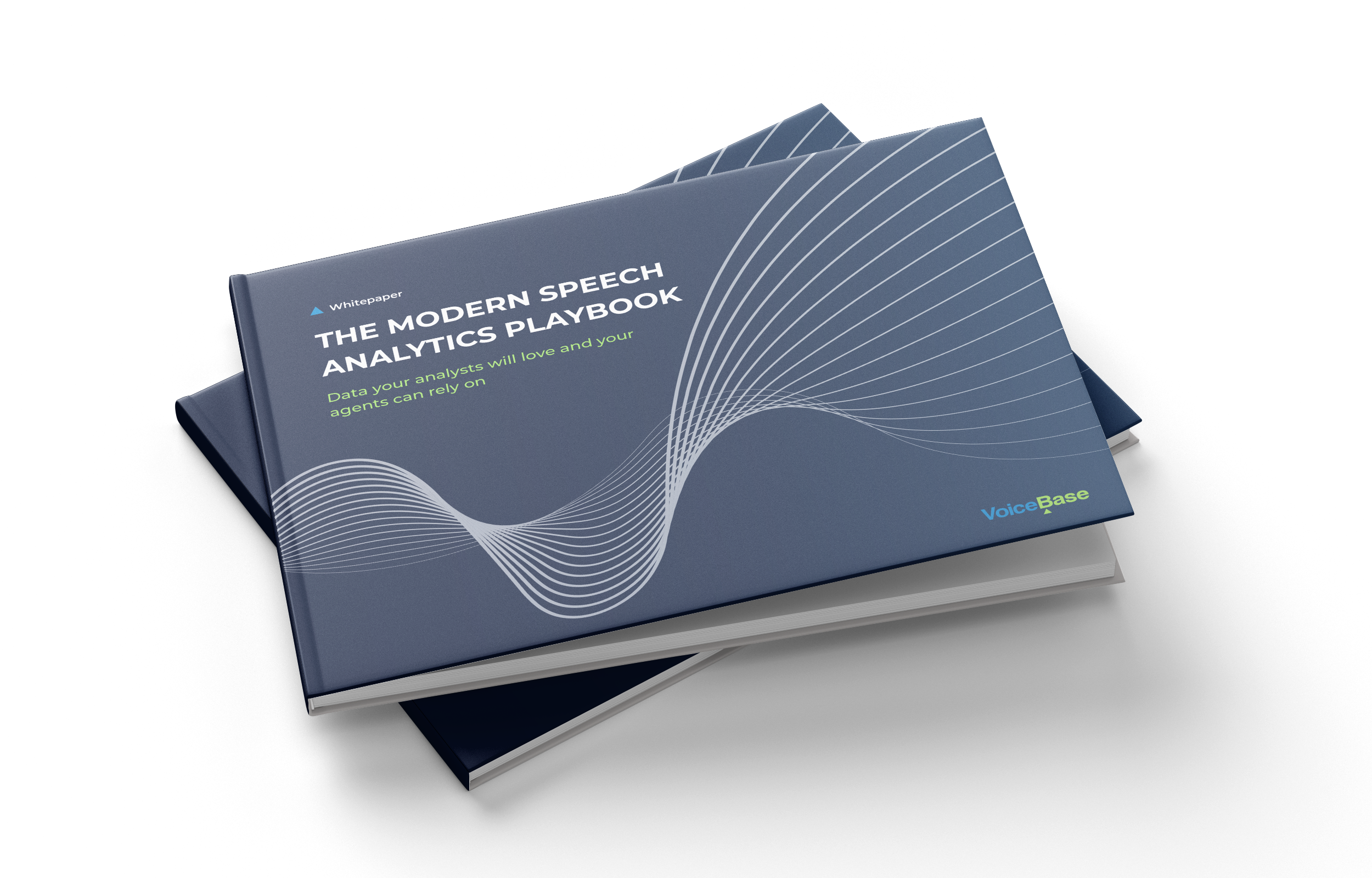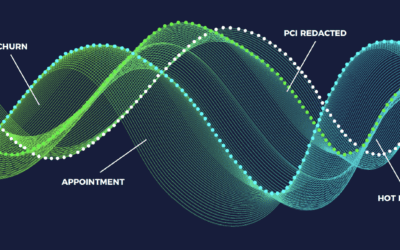Artificial Intelligence (AI) is still an exciting buzzword that companies love to use when they are trying to describe their solution as “smart” technology. In practice however, what does that really mean? Artificial Intelligence, in B2B or B2C products, typically incorporates machine learning, deep learning, or data mining techniques in order to automate a process. It’s most popularly used for suggestive or predictive applications, such as in retail, being suggested products based on the one you’re looking at, or in streaming television, being suggested titles based on ones you’ve already watched.
In recent years, the communication industry has embraced AI with investments being spent on enabling call center agents to be more productive and effective with smart technology. These call centers have been dubbed “intelligent contact centers,” and have been the leading example of digital transformation in an enterprise. However, a call center is only as good as the agents that power it, and when you apply AI to solutions in telecommunications, AI assisted agents can also be referred to as IA or Intelligent Agents.
Generally speaking, an intelligent agent in the machine learning space refers to an autonomous entity that acts through sensors and actuators in order to achieve its goals. However, an intelligent agent in communications is a contact center agent that observes and learns from all data available in order to achieve their goal, whether that be a sale or customer satisfaction.
To start integrating IAs into your contact center, you must first answer for them: what data is available?
AI to Capture Call Content
Until recently, companies would determine customer sentiment or intent by energy, volume, and pitch. To use the full voice data—the contents of the call—was too difficult and time consuming to capture. With R&D advancements in speech recognition, you can now surface and analyze rich voice data using artificial intelligence, and create your own IA. By leveraging machine learning and advanced data mining, speech analytics solutions are able to identify patterns in voice recordings to gauge a speaker’s intent, and even predict future outcomes, like sales, account cancellation, or any customizable attribute a client might request. Using recorded call data to construct predictive models provides the means for automating call disposition, thus eliminating the need for costly human call scoring and giving management of call centers actionable insights to support their critical initiatives, on top of all the other benefits. Agents can now be armed with valuable intel about each caller to better serve their immediate need, as well as preemptively make them an offer they are likely to accept based on similar customer’s behavior.
With this new source of voice data, businesses are receiving and working through more data than ever, with some struggling with how to make sense of it all. At VoiceBase, we help our customers with this pain point and work to automate a process around what’s said on phone calls. Based on our experiences, we wanted to help inform you and your business by sharing three ways we’ve seen companies implement to take full advantage of their voice data.
Voice Data Visualized
In order to take full advantage of these results, the first thing to understand is that with every AI powered event detected, VoiceBase provides a confidence score. This is a calculated percentage to how closely this new call matches the profile created from past data.
For example, we measure 10,000 columns of data in a phone call, and for each data point, there is a certain pattern we’ve identified that is present in every ‘hot lead’ phone call your company has had in the past year. With that, we now have a pattern to measure future calls against to see how closely those calls match in order to tell your business whether it’s a Hot Lead or not, and to what percentage it matches that existing profile. This percentage of confidence is the key to taking full advantage of your enterprise data.
1. Automate
For the calls placed definitively on either end of this spectrum, a business process can be automated. First, remove or flag the bottom percentage as NOT good leads, allowing your agents to move on and divert their energy to better results. Next, send the top percentage to your best agents to ensure the best odds at closing a sale!
2. Prioritize
Work to optimize your agent’s time and help them meet their goals. Every good sales or marketing professional knows that time is of the essence, and with every day that passes, that hot lead can grow cold. With confidence scores for each hot lead, your sales team can get a ranking of which leads to reach out to first, and they can work their way down the list.
3. Evaluate
There will be some leads that have a lower confidence level – 50% or lower. This group of leads could go either way, and here you can evaluate how different agents are performing. You can also see what is the lowest score that your team can convert into a lead and provide an opportunity for internal motivation within your team.
By using AI powered call scoring and confidence scores, businesses can motivate their sales team and improve ROI by turning your agents into Intelligent Agents! Our customers have seen significant value driven from these three strategies including;
- Increased Conversations
- Improved Agent Monitoring
- Less Customer Churn
- No Leads Left Behind
WHAT OTHER INSIGHTS CAN YOU GET FROM YOUR CUSTOMER’S VOICE?
Optimizing your calls based on ‘hot leads’ is just one of many call moments we could automate processes around. Imagine what we would be able to automate if we dug into potential churn calls, upset customers, or appointments made? Harnessing the actual voice of the customer is the most effective way to improve your agent performance and power Intelligent Agents.
Learn more about leveraging speech analytics within your contact center:



